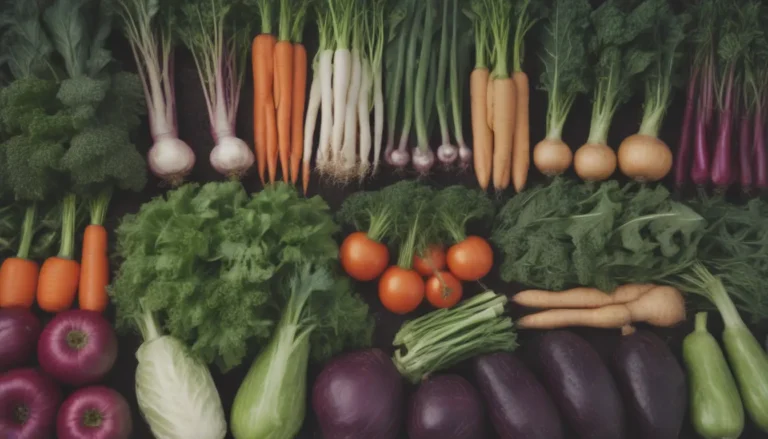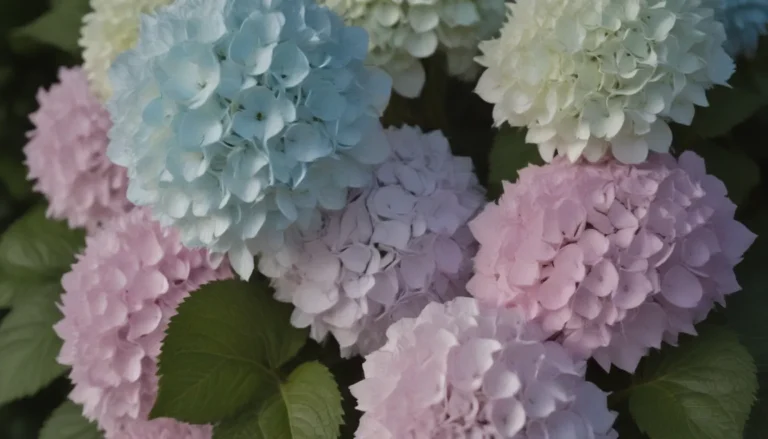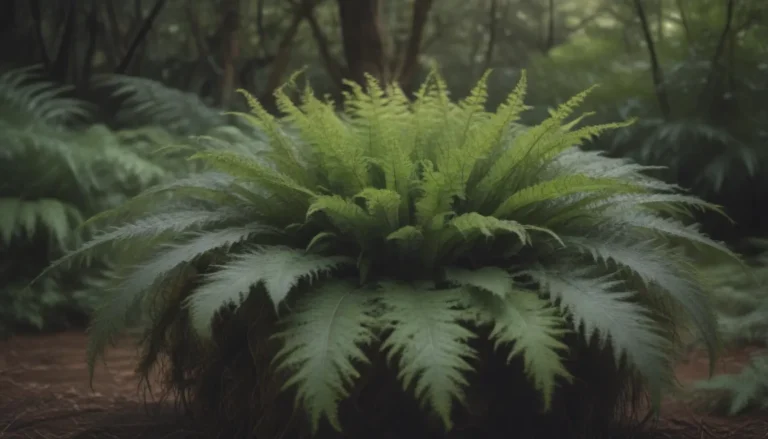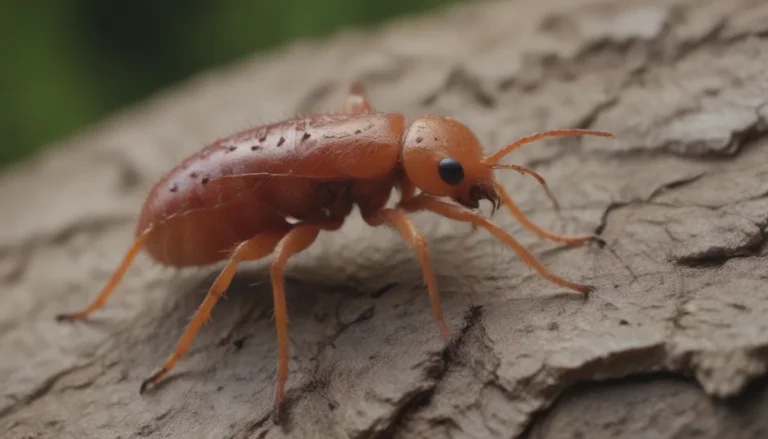The Complete Guide to Acacia Trees and Shrubs
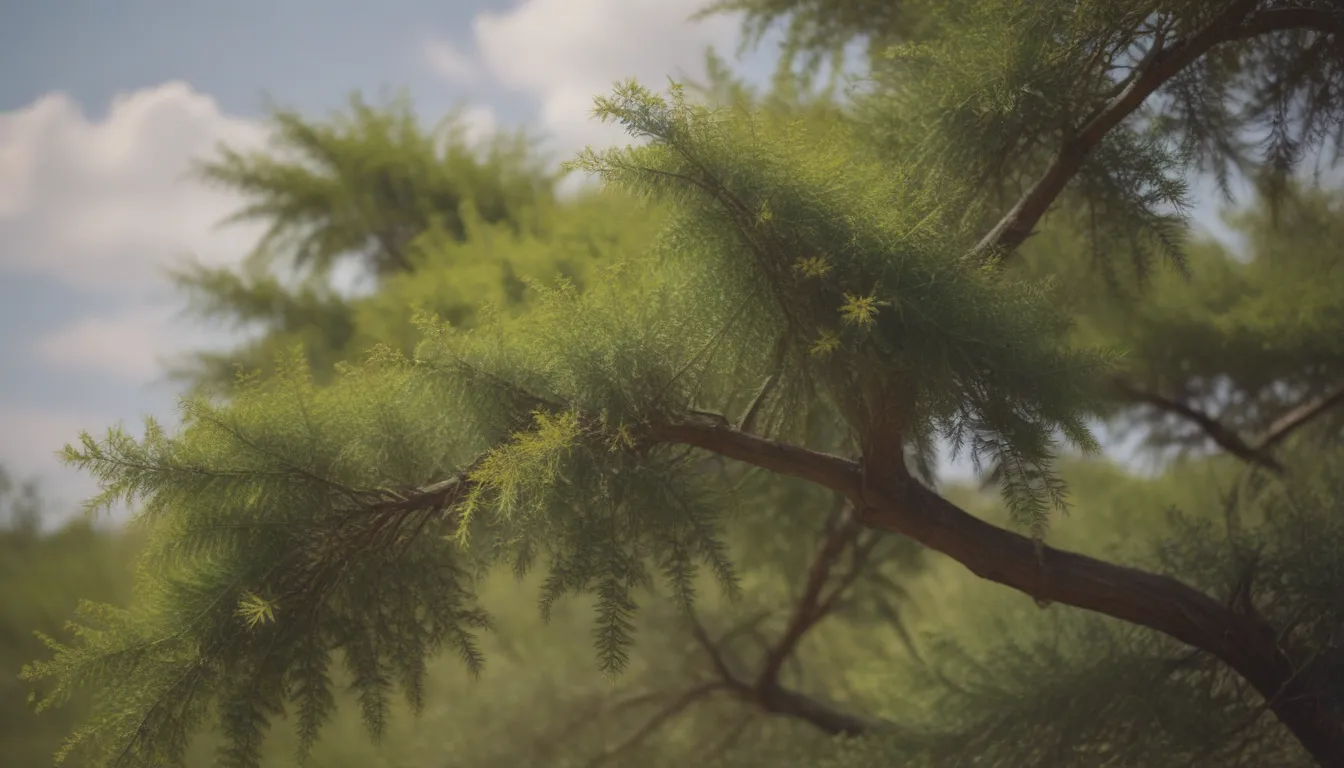
Are you fascinated by the diversity and beauty of Acacia trees and shrubs? With over 1300 species and varieties worldwide, Acacias are not only visually stunning but also have a rich history and a wide range of landscape uses. From their unique phyllodes to their ability to thrive in dry, drought conditions, Acacias are a fascinating group of plants that are worth exploring in more detail.
Understanding Acacias: A Brief Overview
Acacia trees and shrubs belong to the Acacia genus, in the Fabaceae (legume) family, under the Mimosoideae subfamily. These plants are found in various regions around the world, including Australia, Africa, Europe, Asia, and North and South America. Native to Australia, Acacias are known for their long lifespan and fast growth, making them a popular choice for landscaping projects.
Most Acacia species have clusters of vibrant yellow or cream-colored flowers, adding a pop of color to any garden. It’s interesting to note that what may appear to be leaves on some Acacia trees are actually modified petioles, known as phyllodes. This unique characteristic sets Acacias apart from other plants and adds to their distinctive appearance.
Exploring the Diversity of Acacia Trees: 23 Species to Discover
Let’s delve deeper into the world of Acacia trees and shrubs by exploring 23 fascinating species that you may encounter:
- Acacia Koa (Acacia koa): Endemic to the Hawaiian Islands, this species is prized for its wood, which is used in making guitars, surfboards, and outrigger canoes.
- Creeping Wattle (Acacia saligna): Known for its blue leaf wattle, this species can be invasive due to its seeds being spread by ants and birds.
- Box Leaf Wattle (Acacia buxifolia): Tolerant of colder temperatures, this hardy species is similar to boxwoods in appearance.
- Coastal Wattle (Acacia longifolia): This species can tolerate salt and drought, making it ideal for creating living fences.
- Flax-Leaf Wattle (Acacia linifolia): With leaves resembling flax, this shrub produces cream or light yellow flowers in both summer and winter.
- Green Wattle (Acacia decurrens): Known for its edible gum and flowers, this species is considered invasive in South Africa.
- Juniper Wattle (Acacia ulicifolia): A thorny species that can be used as a privacy hedge and has cream or white flowers.
- Kangaroo Thorn (Acacia paradoxa): With thorny stems, this species is invasive in certain regions and works well as a hedge.
- Late Flowering Black Wattle (Acacia concurrens): Produces bright yellow ball-shaped flowers in winter and spring.
- Lightwood (Acacia implexa): A shade tree with twisted seed pods, often used in furniture making.
- Myrtle Wattle (Acacia myrtifolia): Fast-growing with light yellow or white flowers and red stems, also known as red-stemmed wattle.
- Ovens Wattle (Acacia pravissima): Fast-growing with bright yellow blooms, suitable for ornamental purposes.
- Prickly Moses (Acacia verticillata): A fast-growing shrub with sharp phyllodes forming in whorls around its stems.
- Prostrate Acacia (Acacia redolens): A small species ideal for ground cover, but can be invasive in some areas.
- Red-Leaf Wattle (Acacia rubida): A bushy tree with red phyllodes and stems, providing a striking appearance.
- Silver Wattle (Acacia dealbata): A larger species with showy ball-shaped flowers and naturalized in Mediterranean regions.
- Snowy River Wattle (Acacia boormanii): Suitable for coastal areas, tolerant of salty conditions and drought.
- Spreading Wattle (Acacia genistifolia): An informal hedge plant with lemon yellow or cream blossoms.
- Spike Wattle (Acacia oxycedrus): Prickly foliage makes it ideal for living fences or hedges.
- Stiff Leaf Wattle (Acacia obtusifolia): A small tree producing resin along the margins of its phyllodes.
- Sweet Wattle (Acacia suaveolens): Cream-colored flowers with a sweet fragrance and good tolerance for salty conditions.
- True Mulga (Acacia aneura): A versatile species that can grow as a shrub or tall tree, used for various purposes.
- Weeping Myall (Acacia pendula): With elegantly drooping branches and silvery blue phyllodes, this species is a standout in any garden.
Caution: Psychoactive Alkaloids in Some Acacia Species
It’s essential to be aware that some Acacia species contain psychoactive alkaloids, such as dimethyltryptamine (DMT), a potent hallucinogen. While accidental ingestion leading to psychoactive effects is rare, caution should be exercised when handling these plants. Species like Acacia maidenii, Acacia phlebophylla, and Acacia obtusifolia are known to contain this psychoactive substance, so it’s best to avoid burning brush that contains Acacia plants to prevent exposure to the smoke.
Landscape Uses and Benefits of Acacia Trees
Acacia trees and shrubs offer a range of landscape uses and benefits, making them a valuable addition to any garden or outdoor space. Here are some reasons why you should consider planting Acacias in your landscape:
- Drought Tolerance: Acacias are well-known for their ability to thrive in dry, drought conditions, making them ideal for water-conscious landscapes.
- Fast Growth: Many Acacia species are fast-growing, allowing you to create a lush and vibrant garden in a relatively short period.
- Longevity: Acacias are long-lived plants, providing lasting beauty and structure to your landscape for years to come.
- Unique Features: From their phyllodes to their colorful flowers, Acacias offer unique and eye-catching features that can enhance the visual appeal of your garden.
- Wildlife Habitat: Mature Acacia trees provide habitat and food for local birds, insects, and other wildlife, supporting biodiversity in your garden.
- Versatility: With a variety of species available, you can choose Acacias that suit your specific landscape needs, whether it’s for hedging, ground cover, or ornamental purposes.
Tips for Growing and Caring for Acacia Trees
If you’re considering planting Acacia trees or shrubs in your garden, here are some essential tips to help you grow and care for these plants successfully:
- Soil Conditions: Acacias thrive in well-drained, sandy soil that is slightly acidic to neutral in pH.
- Sun Exposure: Most Acacia species prefer full sun exposure to thrive and produce abundant flowers.
- Watering: While Acacias are drought-tolerant once established, young plants may benefit from regular watering to help them establish strong root systems.
- Pruning: Regular pruning can help shape and maintain the size of your Acacia trees, promoting healthy growth and flowering.
- Pest and Disease Control: Keep an eye out for common pests like aphids and mites, as well as fungal diseases like rust or powdery mildew. Address any issues promptly to prevent the spread of disease.
By following these tips and best practices, you can enjoy a thriving and beautiful Acacia garden that adds value and beauty to your outdoor space.
Conclusion: Embracing the Beauty of Acacia Trees and Shrubs
Acacia trees and shrubs are a diverse and fascinating group of plants that offer a wide range of benefits for gardeners and nature enthusiasts. From their unique phyllodes to their vibrant flowers, Acacias are a welcome addition to any landscape, providing beauty, biodiversity, and functionality.
Whether you’re looking to create a drought-tolerant garden, attract wildlife, or simply add a touch of exotic beauty to your outdoor space, Acacia trees and shrubs are sure to impress. With proper care and maintenance, these plants can thrive and bring joy to your garden for years to come.
So why not explore the world of Acacias and discover the beauty and benefits they have to offer? With a wide range of species to choose from, there’s sure to be an Acacia that suits your specific needs and preferences. Happy gardening!

